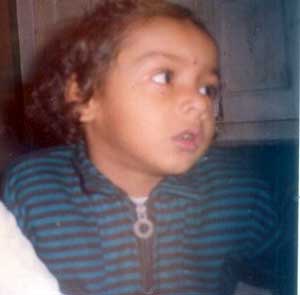But the clinical problem – for the physicians, at least – is identifying gait issues, as it can be difficult to support a patient’s mobility functions without knowing their true extent.
New research from the Motion and Sports Lab at Baylor University Medical Center at Dallas, however, may give children with cerebral palsy better treatment options in the future – and it all starts with looking at how cerebral palsy patients move compared to their peers.
The research, conducted by Baylor’s Scott Coleman along with investigators in Sweden, involved the study of three-dimensional gait analysis (GA) in both patients with and without cerebral palsy. By comparing the two groups (a patient group and a control group, each with a mean age of 17), investigators successfully determined the many ways cerebral palsy affects patients’ movement patterns.
The result? Four new clinical categories in which patients can be assigned for optimum treatment--
“The ultimate goal of this novel methodology was to aid in identifying different movement patterns that are of importance for improved treatment planning for children with cerebral palsy while also aiding in making more accurate prognosis,” said Coleman, manager of the Motion & Sports Performance Center, part of Baylor’s Department of Orthopedics. “This should give doctors that have access to a gait laboratory further insight into a treatment plan and outcome of surgical intervention for a particular child with cerebral palsy.”
In the study’s results, Coleman and his Sweden-based team identified those four clinical categories as: 1) close to normal, 2) deviations mainly in the leg, 2) deviations mainly in the arm, and 4) deviations in the arm and the leg. The new methodology can be used to help classify cerebral palsy based on their specific treatment needs.
The research, led internationally by Jacques Riad from Skaraborg Hospital in Skövde, Sweden, represents a special collaboration between Baylor and the Nordic researchers (Dr. Riad and Dan Lundh, from the University of Skövde). That collaboration is not the first of its kind, as Coleman has worked with the Swedish researchers on previous investigations and studies, some of which predate Coleman’s eight-year tenure at Baylor.
Currently, Coleman and the Swedish researchers are collaborating on more studies on the topic of gait analysis to be released in the coming years.

















Related Items
Mobile clinics boost health outcomes, cut costs in developing countries
People eat less meat to benefit their own health, not for environment
Dal Lake shines with Khelo India Water Sports Festival